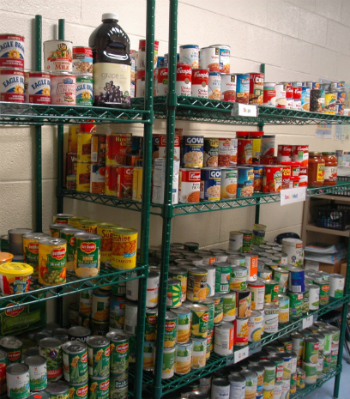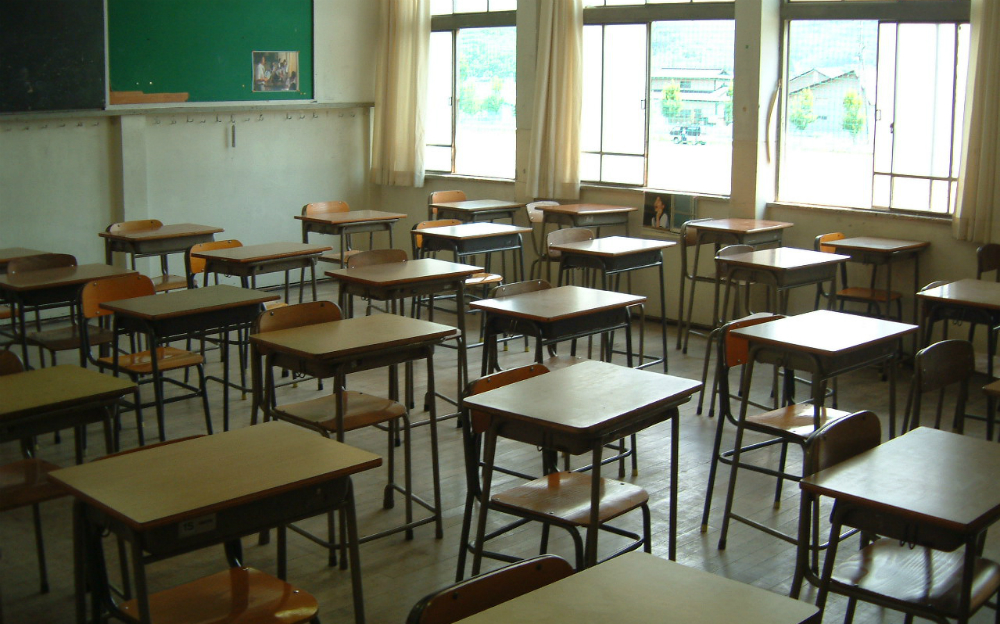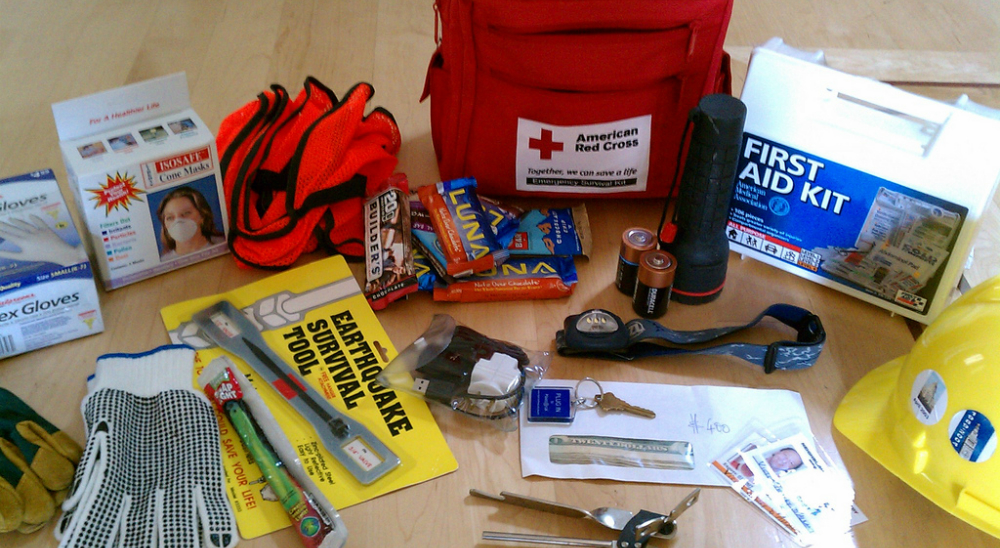School emergency kits are an essential part of any campus.
Emergency kits should contain supplies in preparation for evacuations and incidents that force school populations to shelter in place.
Each school will have different needs based on their population, climate, facilities and resources, so school officials should consider which of the items listed below make sense for their campus.
Each school should have policies in place that clearly delegate responsibilities for stocking and replenishing emergency supplies in addition to an school emergency kit checklist so administrators know they have everything they need.
School officials responsible for maintaining the emergency kit should ensure all items that expire (such as batteries, medications, food and water) are replaced.
School Emergency Kit Checklist
Below we give the emergency supplies FEMA recommends are kept in school buildings. Much of this information was adapted from the Red Cross.
Food and Water

One method schools could use is to purchase food at the beginning of the school year then donate it to charity at the end of the year.
- One gallon of water per person per day times three days, with small paper cups
- Stored food should be easy to serve, non-perishable and should not need refrigeration or heating after opening. Food is considered a low priority item, except for those with diabetes and other medical conditions.
First Aid
- 4 x 4″ compress: 1000 per 500 students
- 8 x 10″ compress: 150 per 500 students
- Elastic bandage: 2-inch: 12 per campus 4-inch: 12 per campus
- Triangular bandage: 24 per campus
- Cardboard splints: 24 each, sm, med. Lg.
- Butterfly bandages: 50/campus
- Water in small sealed containers: 100 (for flushing wounds, etc.)
- Hydrogen peroxide: 10 pints/campus
- Bleach, 1 small bottle
- Plastic basket or wire basket stretchers or backboards: 1.5/100 students
- Scissors, paramedic: 4 per campus
- Tweezers: 3 assorted per campus
- Triage tags: 50 per 500 students
- Latex gloves: 100 per 500 students
- Oval eye patch: 50 per campus
- Tapes: 1″ cloth: 50 rolls/campus; 2″ cloth: 24 per campus
- Dust masks: 25/100 students
- Disposable blanket: 10 per 100 students
- First Aid Books 2 standard and 2 advanced per campus
- Space blankets: 1/student and staff
- Heavy duty rubber gloves, 4 pairs
Sanitation Supplies
- 1 toilet kit per 100 students/staff, to include:
- 1 portable toilet, privacy shelter, 20 rolls toilet paper, 300 wet wipes, 300 plastic bags with ties, 10 large plastic trash bags
- Soap and water, in addition to the wet wipes, is strongly advised.
Tools
- 3 rolls barrier tape 3″ x 1000″
- Pry bar, pickaxe, sledge hammer, shovel, pliers, bolt cutters, hammer, screwdrivers, utility knife, broom, wrench
Other Supplies
- 3′ x 6′ folding tables, 3-4
- Chairs, 12-16
- Identification vests for staff, preferably color-coded per school plan
- Clipboards with emergency job descriptions
- Office supplies: pens, paper, etc.
- Signs for student request and release
- Alphabetical dividers for request gate
- Copies of all necessary forms
- Cable to connect car battery for emergency power

FEMA has given guidance on what supplies should be kept in classrooms for school emergencies.
Classroom Supply Checklist
Separate from the Red Cross items listed above, FEMA created an emergency kit checklist for classrooms. That is listed below:
- Clipboard with:
- List of classroom students (and photo)
- List of students with special needs and description of needs (i.e. medical issues, prescription medicines, dietary needs), marked confidential
- List of emergency procedures

- Whistle & hat (or other identifier) for teacher
- First aid supplies
- First aid instruction manual
- Medical gloves
- Food
- Water
- Battery-powered flashlight
- Batteries
- Blankets
- Bucket
- Sanitary items (towelettes & toilet paper)
- Work gloves
- Breathing masks
- Plastic sheeting
- Duct tape
- Can opener
- Hard candies
- Student activities
Final Thoughts on School Emergency Kits
School staff members may not view themselves as first responders, but when an incident occurs, they’re the first people able to take steps to prevent or mitigate a threat. With the proper supplies, training and policies in place, staff members are empowered to take crucial steps to respond to an emergency.
The Department of Homeland Security recommends, and in some cases requires, all school management and incident response personnel take NIMS, ICS, and NRF training courses. You can also use FEMA’s site to learn how to respond to specific emergencies like earthquakes.
Staying prepared is the best way to stay safe!













